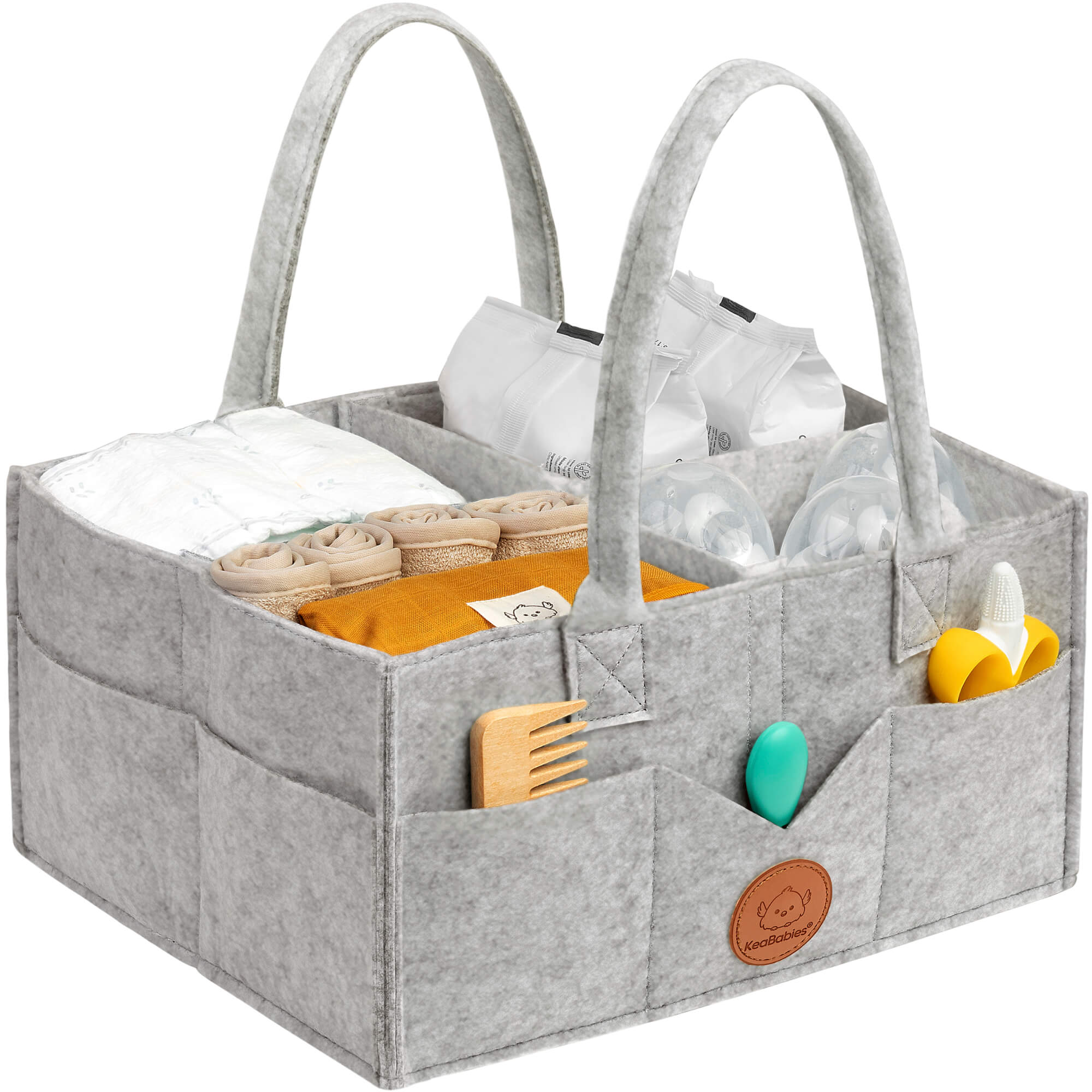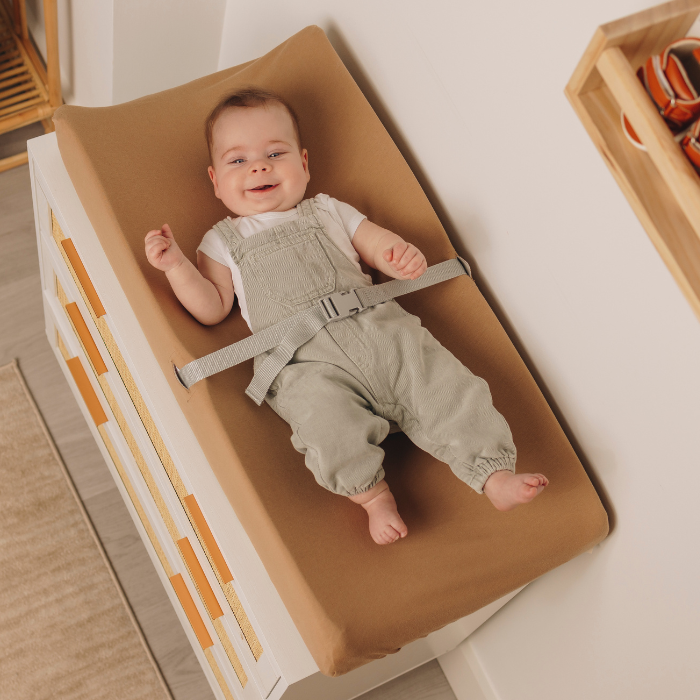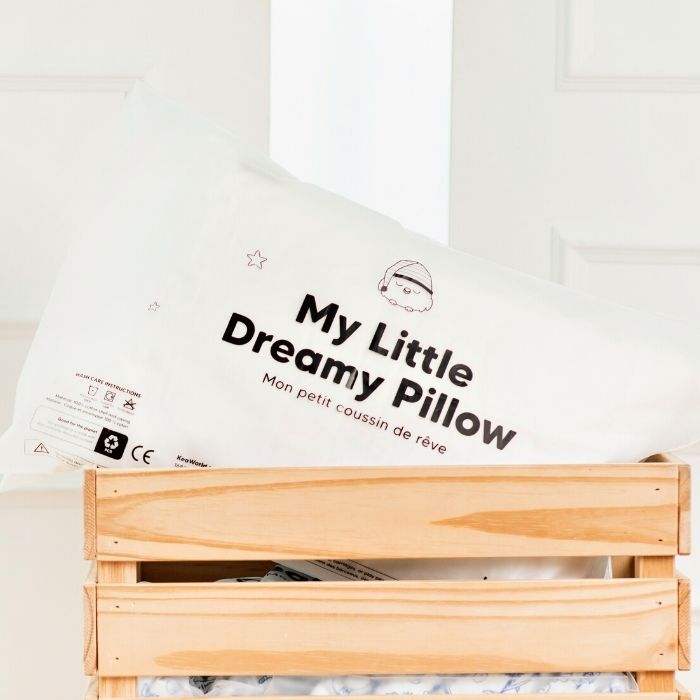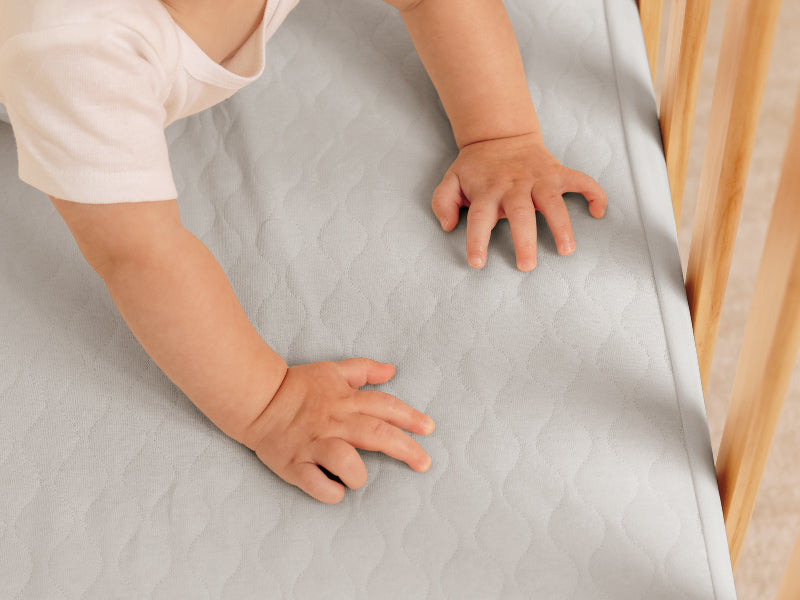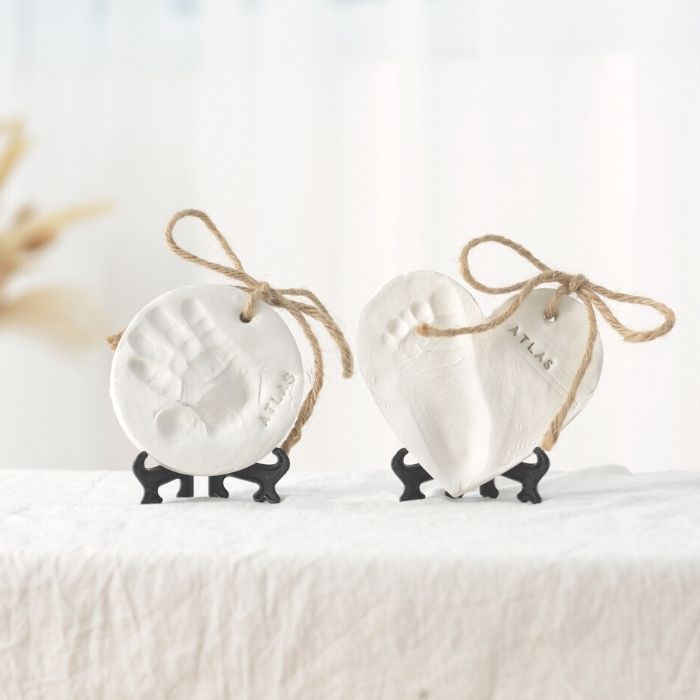
Tips For Getting Great Newborn Sleep
Many parents and caregivers worry about sleep deprivation in the early months of their little one’s life. Despite many babies not being born great sleepers, there is so much that we can do as parents and caregivers to establish long-term, healthy sleep habits right from birth.Welcoming a new baby into the family can be exciting, but many parents and caregivers worry about sleep deprivation in the early months of their little one’s life. And with good reason: in the first few precious weeks of life, many babies sleep for very short stretches overnight and need a lot of support with sleep.
Despite many babies not being born great sleepers, there is so much that we can do as parents and caregivers to establish long-term, healthy sleep habits right from birth.
Tip #1: Ensure a full tummy
It’s no secret that hungry babies do not sleep well. In turn, sleepy babies do not feed well. In the first couple of weeks of life, focus on full feedings. Ensure that your baby feeds regularly, on demand (based on their hunger cues) and that their weight gain and overall health status is on track. If you are ever unsure about their hunger or the efficiency of their feeds, check in with their doctor or a feeding specialist like a Lactation Consultant. I also recommend waking babies up from daytime naps that are exceeding two hours in any single stretch, even from the very beginning. This not only helps ensure they are getting regular feeds, but also helps to correct day/night confusion by keeping homeostatic sleep pressure (your baby’s drive to sleep) high enough at night.
Tip #2: Follow age-appropriate wake windows
Age-appropriate wake windows are the amounts of time that babies can be awake before they become overtired. When a baby becomes overtired, their stress hormone cortisol increases, and they are more difficult to settle to sleep. Overtired babies are also more likely to wake frequently at night. Wake windows should be kept short at first, only about 45-60 minutes long. This gives you just enough time to feed them, change them, give them a bit of tummy time and get them back to sleep again. Your baby’s wake windows will increase to 1-1.25 hours by 2 months old and 1.25-1.5 hours by 3 months old. You will want to follow wake windows all day long, including before bed.
Tip #3: Establish a consistent bedtime routine
Speaking of bedtime, at first, it might seem difficult to determine the end of the day’s naps and the beginning of a baby’s nighttime sleep. Parents and caregivers often have difficulty with this simply because their baby’s sleep stretches are quite short. Still, after the first couple of weeks or so, you may notice that your baby sleeps a slightly longer stretch sometime in the evening. This may occur as late as 10-11 p.m. When you start to notice this, establish a 10-minute bedtime routine that occurs each night before this longer stretch of sleep begins. A consistent bedtime routine helps babies recognize a pattern of “when this happens, then this happens”, i.e., when the routine begins, sleep will soon follow. A great newborn sleep routine includes a feed, change, story, and/or song (same story and song each night) and a sleep phrase (e.g., “it’s time to sleep now”). Over time, your baby’s bedtime routine will become a strong signal and a key tool in your sleep toolbox. This routine should be completed in the same order each night, inside the room where your baby will sleep.
Tip #4: Create a perfectly sleep-conducive environment
A perfectly conducive sleep environment is part of healthy sleep hygiene for children. Right from the beginning, your baby should be sleeping in a safe sleep space designed for infants, either in a bassinet or crib. The bassinet or crib should contain only a firm infant mattress and fitted sheet. Swaddling your baby has also been shown to help babies sleep longer and better. Made of soft and breathable premium cotton, these cute swaddle wraps by KeaBabies are great for swaddling your little ones! At night, the room should be as close to 100% pitch black as possible. These conditions allow your baby to efficiently produce melatonin (the sleepy hormone). If you want your baby sleeping, you want them producing melatonin. If your baby is still experiencing day/night confusion, they will be sleeping for longer stretches during the day than at night. If this is happening, then be sure to give them their daytime naps in naturally lit rooms. Once this day/night confusion has resolved and certainly by 8 weeks old, ensure that any daytime naps that you would like them to take at home are also in their darkened room environment. The room should also be cool for good sleep.
Tip #5: Encourage healthy sleep associations
You can encourage healthy sleep associations right from birth by helping your baby to settle to sleep with the use of continuous noise and swaddling. Continuous white noise should be played from the beginning of your baby’s bedtime routine all the way through until they are awake for the day. It should be placed as far away from your baby as possible and should never be played too loud (no higher than 50 decibels). Not only does white noise block out noise disturbances, it also helps your little one to sleep longer stretches at night (and eventually during naps too). If they fall asleep listening to a sound and stir through a lighter period of sleep to hear the same sound, they are much more likely to fall right back to sleep (if they don’t need a feeding).
Swaddling is also incredibly beneficial for great newborn sleep. Many parents and caregivers believe that their babies dislike swaddling. In fact, they simply want to be swaddled more tightly! Many babies are also more accepting of swaddling if you immediately mobilize after wrapping them up. So, be sure to wrap your baby up tightly and immediately cuddle them in your arms while introducing some movement like walking around the room. Your burrito baby will love these KeaBabies Soothe Swaddle Wraps that prioritize their sense of comfort and security, are soft, organic, and have hook and loop fastenings. These fastenings make them a cinch to use, compared to trying to get the same results with a baby blanket (which can take lots of trial and error). Always prioritize a breathable swaddle that allows you to wrap your baby snugly without any bunching over the face. All sleep clothing should be snugly fit for safety.
Getting great newborn sleep is a process that takes a bit of planning, consistency, and practice. These tips will help you get off to a great start with the best sleep possible for both you and your baby.
|
|
Meet Our Guest Writer, Rosalee Rosalee Lahaie Hera is a Certified Pediatric & Newborn Sleep Consultant, a Certified Potty Training Consultant, the founder of Baby Sleep Love, the founder of Sleep Coach School, and the co-founder of The Parent Playbook. She’s also a Mom to two beautiful little humans. Rosalee is a researcher at heart with a background in healthcare management and a passion for sleep science. She takes a highly analytical approach and uses proven, gentle methods to help families (like yours!) get the sleep they need. Rosalee is a big fan of fancy coffee and great food (both cooking and eating it!). |



